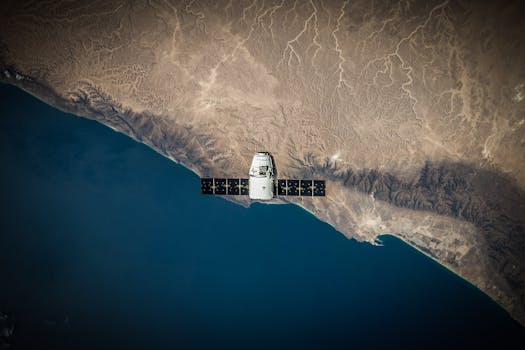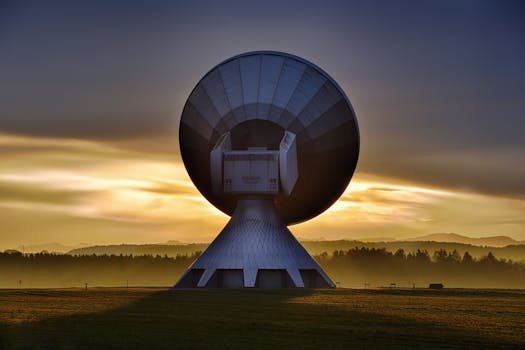From Space to Screens: The Role of Satellite Technology in Modern Communication
Satellite technology has revolutionized the way we communicate, enabling global connectivity and facilitating the exchange of information across the globe. The role of satellite technology in modern communication cannot be overstated, as it provides a vital link between different parts of the world, allowing people to stay connected and access information from anywhere. In this article, we will explore the role of satellite technology in modern communication, its benefits, and its applications.
What is Satellite Technology?

Satellite technology refers to the use of artificial satellites orbiting the Earth to transmit and receive data, voice, and video signals. Satellites are equipped with transponders, which receive signals from Earth stations, amplify them, and re-transmit them back to other Earth stations. This technology has been used for decades, but recent advancements have made it more efficient, reliable, and accessible.
The use of satellite technology has many benefits, including global coverage, reliability, and flexibility. Satellites can cover remote and underserved areas where traditional communication infrastructure is lacking, providing connectivity to people who would otherwise be disconnected. Satellite technology is also used in emergency response situations, such as natural disasters, to provide critical communication services.
Applications of Satellite Technology in Modern Communication

Satellite technology has a wide range of applications in modern communication, including telecommunications, broadcasting, navigation, and remote sensing. Telecommunications satellites provide voice, data, and internet services to individuals, businesses, and governments. Broadcasting satellites transmit television channels, radio stations, and other multimedia content to a global audience.
Navigational satellites, such as GPS, provide location information and timing signals to GPS receivers, enabling accurate navigation and positioning. Remote sensing satellites collect data on the Earth’s surface, including weather patterns, natural resources, and environmental changes. This data is used in various fields, including agriculture, forestry, and disaster response.
In addition to these applications, satellite technology is also used in modern communication for backhaul services, which involve transmitting data from one point to another, often over long distances. This is particularly useful in areas where fiber-optic cables are not available or are damaged.
The Future of Satellite Technology in Modern Communication

The future of satellite technology in modern communication is exciting and rapidly evolving. Advances in technology are enabling the development of smaller, more efficient, and more powerful satellites. The use of constellations, which involve multiple satellites working together to provide global coverage, is becoming increasingly popular.
Furthermore, the integration of satellite technology with other technologies, such as 5G and the Internet of Things (IoT), is expected to revolutionize modern communication. Satellite technology will play a critical role in providing global coverage and connectivity for these emerging technologies, enabling new applications and services.
In conclusion, satellite technology plays a vital role in modern communication, enabling global connectivity and facilitating the exchange of information across the globe. Its applications are diverse, ranging from telecommunications and broadcasting to navigation and remote sensing. As technology continues to evolve, the future of satellite technology in modern communication looks bright, with new innovations and applications emerging every day.
The role of satellite technology in modern communication is undeniable, and its impact will only continue to grow as technology advances. Whether it’s providing connectivity to remote areas, facilitating global communication, or enabling new applications and services, satellite technology is an essential part of modern communication.
Conclusion

In conclusion, the role of satellite technology in modern communication is crucial, and its applications are diverse and widespread. From providing global connectivity and facilitating the exchange of information to enabling new applications and services, satellite technology is an essential part of modern communication. As technology continues to evolve, it’s exciting to think about the new innovations and applications that satellite technology will enable in the future.
See more:
